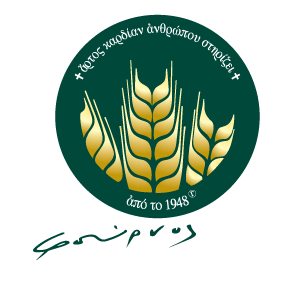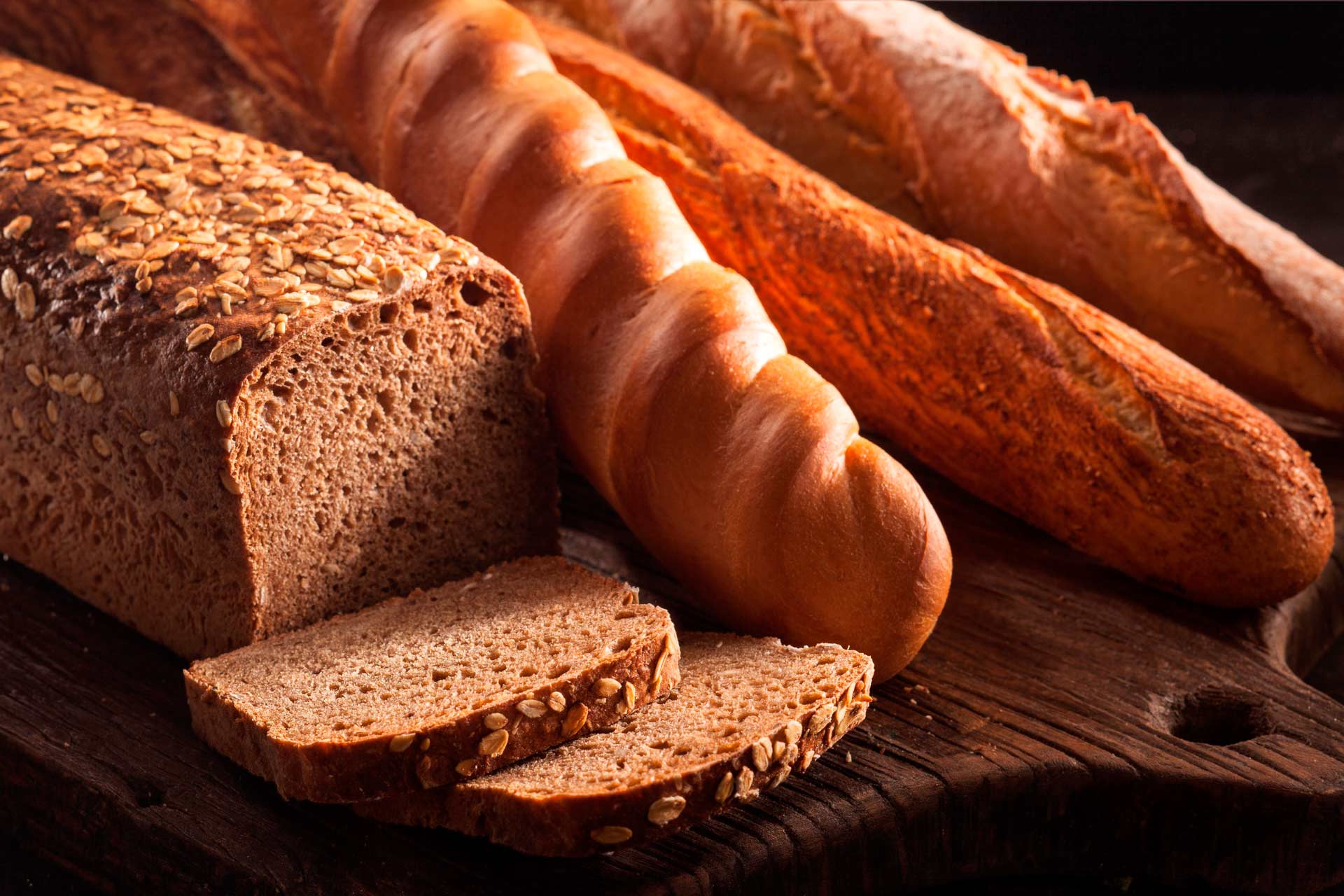Bread has been intricately woven into the tapestry of human history for thousands of years, entwined with our sustenance, survival, religious worship, and gastronomic pleasures.
Throughout the ages, cosmic shifts occurred in our way of life, taste preferences, and habits. However, bread remained a “staff of life,” a fundamental element in our diet, transcending racial, religious, geographical, social, and cultural differences. It has continually adapted to scientific, technological advancements, dietary trends, and the peculiarities of places and times.
Bread reigns as a centerpiece on tables across all civilizations, ancient and modern, with its usage being both ritualistic and symbolic. It is offered at every significant juncture in human life, symbolizing benevolent power.
A 30,000-Year Journey
The history of bread extends as far back as human existence on Earth,
with evidence of its presence dating back 30,000 years in Europe. Residues of starch found on rocks suggest that, during this period, humans may have been extracting starch from plant roots, placing it over fire and cooking it.
Around 10,000 B.C., with the dawn of the Neolithic era and the spread of agriculture and cereals, the preparation of bread likely commenced.
Egypt – The Ancient Granary
Bread, one of the oldest foods, started being prepared as a dish in ancient Egypt, coinciding with the rise of civilization. Egypt, with its abundant wheat fields, played a pivotal role in this.
Herodotus noted that in ancient Egypt, bread was kneaded with feet, a practice that persisted into the early 20th century in many regions of Greece and Europe.
Ancient Greece – The Art of Bread
If bread has earned a distinct place in gastronomic history, credit goes to the Greeks.
Etymology: The word “bread” etymologically comes from the verb “to rub” or “to grind,” or from “to feed,” as small pieces were put into the mouth. Since bread was the staple food for ancient Greeks, the term “artos” referred to both bread and food in general.
From Egypt to Greece. Greek sailors and traders brought Egyptian flour to Greece, where the creation and baking of bread became an art form.
Among the ancient Greek cities, there was intense competition over who produced the best bread. Athens boasted about Theario, its finest baker, whose name appeared in the writings of many authors.
Household Mills. Bread was made from flour ground in household mills and baked at home. The first bakeries appeared much later, around the 2nd century B.C., during the Roman rule.
Varieties. Among the various types of bread, there were zymitis (leavened), azymos (unleavened), and simigdalitis (made from fine flour from quality wheat).
Hippocrates mentioned various bread types made from wheat flour, sifted or not, with or without leaven, with bran, with semolina, with honey and cheese, oil, poppy seeds, or sesame seeds.
The rarity of wheat and its high nutritional value meant that wheaten bread was consumed primarily by high-status individuals, while the common people ate barley bread.
Meals. There were dozens of different types of bread, for every hour of the day and for every occasion: From the morning “akratisma” (bread dipped in unwatered wine, in “akratos oinos”) to the wide variety of bakery products, which formed the “core” of the meals, and a multitude of pastries based on flour.
Worship of the goddess Demeter.Ancient texts reveal that the Greeks offered bread to the gods, calling them “divine loaves.” The profound connection to wheat and bread is underscored by the Greeks’ reverence for the goddess Demeter. During the Thesmophoria festival in Eleusis, large loaves were offered at her temple.
Roman Empire – The First Industries
The Romans learned the art of baking from the Greeks and organized the production of bread on a quasi-industrial scale. (In Pompeii, for instance, numerous bakery facilities were found buried under the lava of Mount Vesuvius.) The first organized bakeries appeared in Rome during Emperor Trajan’s rule (97-117 A.D.).
Christianity
In the prayer given by Christ himself, there is a request for ‘the bread… the daily bread. During the Last Supper, Christ blessed the bread, likening it to His Body. The reverence people show towards daily bread, never wasting it, demonstrates its significance not only in sustenance but also in their religious faith and worship.
Byzantium
During the Byzantine era, all subjects, including fishermen, farmers, shepherds, and craftsmen, regardless of where they lived or their occupation, based their diet on bread.
In the first Christian centuries, until its occupation by the Arabs (7th century), the granary of the empire was Egypt. Wheat was collected in the port of Alexandria and shipped to the major cities of the empire, mainly Constantinople, where it was stored in state warehouses. The capital risked famine if the wheat did not arrive on time. Therefore, laws regulating the voyages of the commercial fleet, tariffs, storage, and distribution of wheat were very strict.
Bread and Social Movements
There were many critical historical periods during which bread was linked to political, social, and economic movements, such as the period of the Roman Empire or the French Revolution, where its price regulated the relationship between the common people and authority.
The Art of Bread Today
Today, despite the enormous progress made thanks to the application of new scientifically recognized methods, automation, process standardization, raw materials, etc., the production of good bread largely retains the element of art.: The decisive role of the human factor remains crucial,with skilled individuals bringing inspiration, passion, craftsmanship, experience, and the ability to choose and combine the right materials.
In Europe, top-quality white bread is mainly produced in Greece and southern Italy. In contrast, northern countries of Western Europe mainly produce and develop products of black bread.
Veneti Bakery. History in Bread
In modern Greece, the history of bread is intertwined with the history of VENETIS Bakeries. Since 1948, when the first VENETIS bakery opened, the name VENETIS has been synonymous with developments in Greek baking.
Using pure ingredients, respecting the long Greek history in bread, Veneti Bakeries have successfully blended tradition with international trends, Greek flavors with European ones, and a wide variety with top quality in bread.
Bread, like the old days, made with natural sourdough and flour from Greek land.
Slow maturation to bring out its aromas.
Baking on a stone plate to evoke memories of the village.
This is the art of VENETIS BAKERY.
That’s why modern Greeks enter VENETIS every day. Because here, they feel completely secure about the high quality of their family’s bread.

